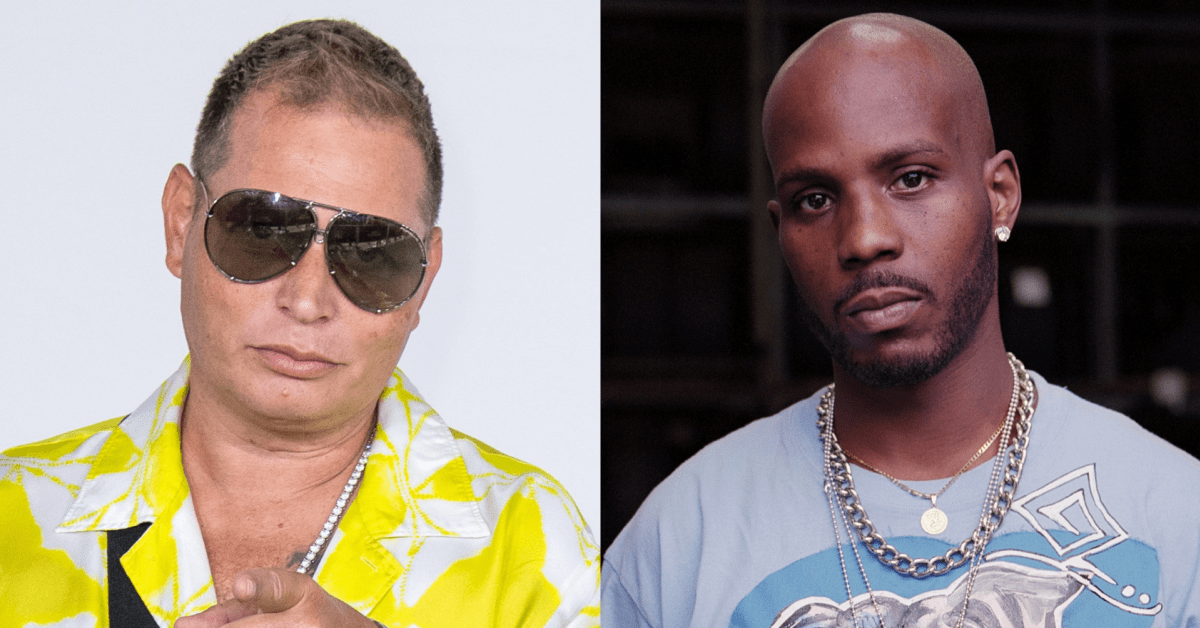In quick succession, president-elect Donald Trump named Matt Gaetz as his pick for attorney general, Todd Blanche as deputy AG, and Bill McGinley as White House counsel. Gaetz and Blanche need Senate approval; McGinley does not. Also tapped by Trump: Emil Bove, Blanche’s would-be second in command, and D. John Sauer, the choice to head up the solicitor general’s office.
Regardless of the merits of these very different attorneys for these posts (Blanche, Bove, and Sauer have all represented Trump in recent court cases), there is a common theme running through their selections. Trump apparently wants lawyers—some with backgrounds as prosecutors—who may be more inclined to take an aggressive stance toward executive power and adopt what has been loosely called the “unitary executive theory” that has been developing in one form or another since Richard Nixon’s time in office.

That initiative seeks to minimize the limits—the guardrails—that might otherwise restrict what a president can do. When exercising prosecutorial powers, for example, many in favor of the unitary executive theory see virtually no constraints on the president’s discretion in, say, targeting who gets indicted. This impulse to consolidate power is in line with July’s monumental Supreme Court ruling, which holds that a president is protected by “absolute immunity” from criminal prosecution for conduct “within his exclusive sphere of constitutional authority.”
A brief history might help clarify what we’re seeing with Trump’s nominations of Gaetz and company. (By most accounts, Christopher Wray, the director of the FBI, will not serve in Trump’s new term.)
The story begins in 1972. After Nixon won a second term in a landslide, he asked for all his top officials to tender their resignations. He would decide who to keep and who to let go. At the same time, he sent his chief of staff, Bob Haldeman, and top domestic policy adviser, John Ehrlichman, to Camp David to work out a complete restructuring of the executive branch. Nixon’s purpose was twofold: to make those in the executive branch directly responsible and reportable to the president, and to narrow the oversight powers of congressional committees of executive departments and agencies.
The point was to make career bureaucrats responsive to the White House. From the standpoint of the entrenched civil servants—sometimes referred to today, pejoratively, as functionaries in a monolithic “deep state”—they could wait out acting on the administration’s directives. Nixon, however, wanted his agenda executed in the here and now.
Richard Nixon goes before the television cameras to tell Americans of his resignation from the Presidency, 1974.
Then came the revelations of Watergate, a scandal that erupted after the bungled June 1972 break-in of the Democratic National Committee headquarters at the Watergate office complex, orchestrated by Nixon campaign operatives. Soon, damning stories appeared in the press that Nixon officials—and “dirty tricksters” working with the Committee to Reelect the President—had been behind efforts to discredit Nixon’s political opponents. Exposés about the schemes, unearthed by The Washington Post and others, sent shockwaves across the capital. Things turned corrosive after Nixon won reelection and the Watergate burglars went on trial in January 1973. In a spiral, Nixon fired or accepted the resignations of Haldeman, Ehrlichman, White House counsel John Dean, and Attorney General Richard Kleindienst by April. Amid this chaos, Nixon’s planned restructuring efforts ground to a halt.
His top advisers, in full damage-control mode, tried to cover up their roles in—and the president’s knowledge of—a range of illegal activities. The scandal slowly grew and overshadowed Nixon’s resounding win due to several factors: the slow drip of disclosures in Senate hearings, the discovery of a secret White House tape-recording system (that had documented the criminality in real-time), and the firing of special prosecutor Archibald Cox. Nixon resigned in August 1974 before he could be formally impeached based on allegations of abuse of power and obstruction of justice. In time, scores of people would be charged with Nixon-related crimes, including his former attorney general, John Mitchell, in what historian Garrett Graff has called “one of the largest criminal federal cases in a very criminalized decade.”
In the fallout, there was a concerted move to make sure that abuses of presidential power, like those occurring on Nixon’s watch, would not be allowed to happen again. Reformers wanted to create some separation between the president and the attorney general, along with the Department of Justice. Norms and standards were developed at the DOJ to ensure that the department worked independently on prosecutions to avoid the very kind of atmospherics experienced during Watergate, in which Nixon’s attorney general, Kleindienst, and Henry Petersen, who was the head of DOJ’s criminal division, influenced the Watergate investigation by alerting the president behind the scenes about what was going on with key cooperating witnesses, such as White House counsel Dean.
But down through the years, the unitary executive theory evolved, advancing the agendas of those who believed that the president should have largely unchecked powers. Constitutional scholars, conservative thinkers, and others saw benefits in expanding the authority of the occupant of the Oval Office. Under Ronald Reagan, for example, Attorney General Edwin Meese supported the notion that the president be afforded wide latitude in exercising executive prerogative.




















 English (US) ·
English (US) ·